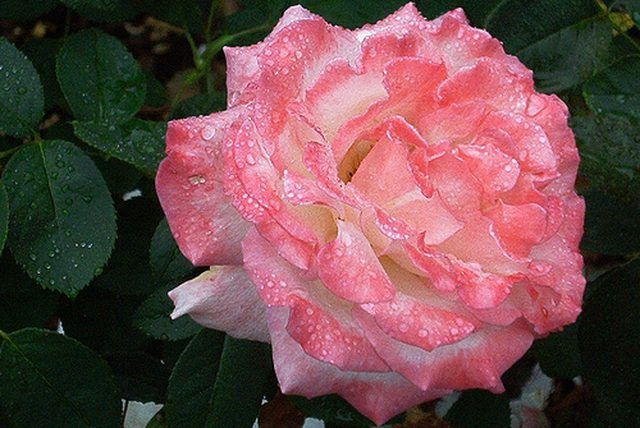Bulbs
Flower Basics
Flower Beds & Specialty Gardens
Flower Garden
Garden Furniture
Garden Gnomes
Garden Seeds
Garden Sheds
Garden Statues
Garden Tools & Supplies
Gardening Basics
Green & Organic
Groundcovers & Vines
Growing Annuals
Growing Basil
Growing Beans
Growing Berries
Growing Blueberries
Growing Cactus
Growing Corn
Growing Cotton
Growing Edibles
Growing Flowers
Growing Garlic
Growing Grapes
Growing Grass
Growing Herbs
Growing Jasmine
Growing Mint
Growing Mushrooms
Orchids
Growing Peanuts
Growing Perennials
Growing Plants
Growing Rosemary
Growing Roses
Growing Strawberries
Growing Sunflowers
Growing Thyme
Growing Tomatoes
Growing Tulips
Growing Vegetables
Herb Basics
Herb Garden
Indoor Growing
Landscaping Basics
Landscaping Patios
Landscaping Plants
Landscaping Shrubs
Landscaping Trees
Landscaping Walks & Pathways
Lawn Basics
Lawn Maintenance
Lawn Mowers
Lawn Ornaments
Lawn Planting
Lawn Tools
Outdoor Growing
Overall Landscape Planning
Pests, Weeds & Problems
Plant Basics
Rock Garden
Rose Garden
Shrubs
Soil
Specialty Gardens
Trees
Vegetable Garden
Yard Maintenance
The Structure of Rose Plants
The Structure of Rose Plants. A rose is a perennial flowering shrub that has a distinct, recognizable appearance despite its many different colors, shapes and sizes. The Rosaceae family includes 50 to 150 different species of roses.
A rose is a perennial flowering shrub that has a distinct, recognizable appearance despite its many different colors, shapes and sizes. The Rosaceae family includes 50 to 150 different species of roses.

Rose Hips
Roses have a small, oval shaped fruit called a "rose hip." Rose hips are an ingredient in some jams and jellies because of their high vitamin C content.
Leaves
Roses have green, feather-like leaves with spiked, razor edges.
Thorns
Roses have sharp thorns on their stems and smaller thorns, called "prickles," on the underside of the leaves.
Blooms
Rose blooms vary from one species to another and come in a range of colors. Wild rose blooms tend be smaller and to have a stronger, sweeter smell than the big, colorful ones grown by modern gardeners. Rose petals are coveted for their scent, making them a key ingredient in perfumes and waters.
Size
Climbing and rambling roses can grow up to 30 feet, while miniature roses can be as short as 6 inches.